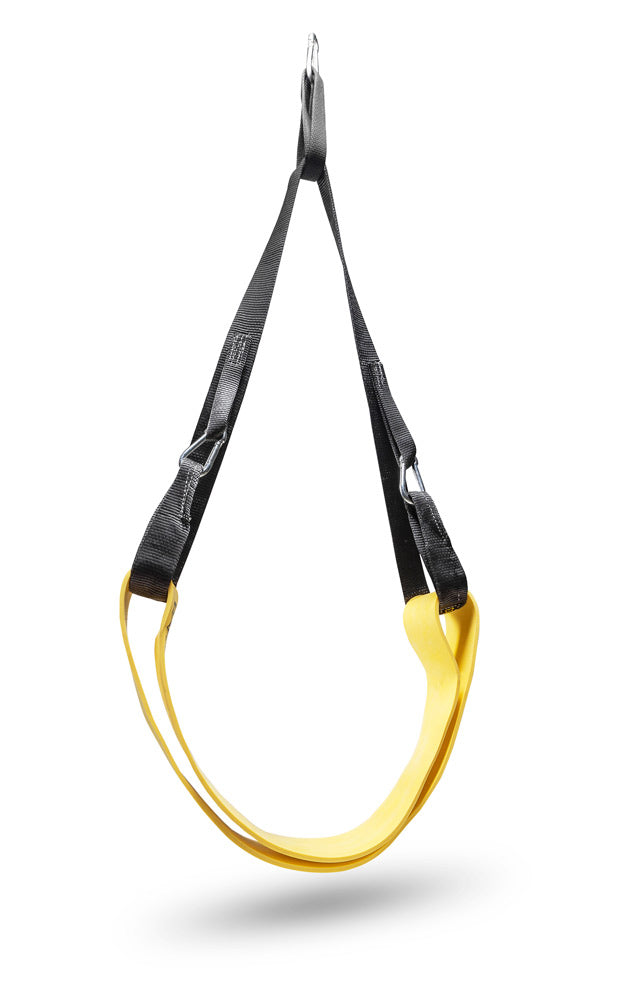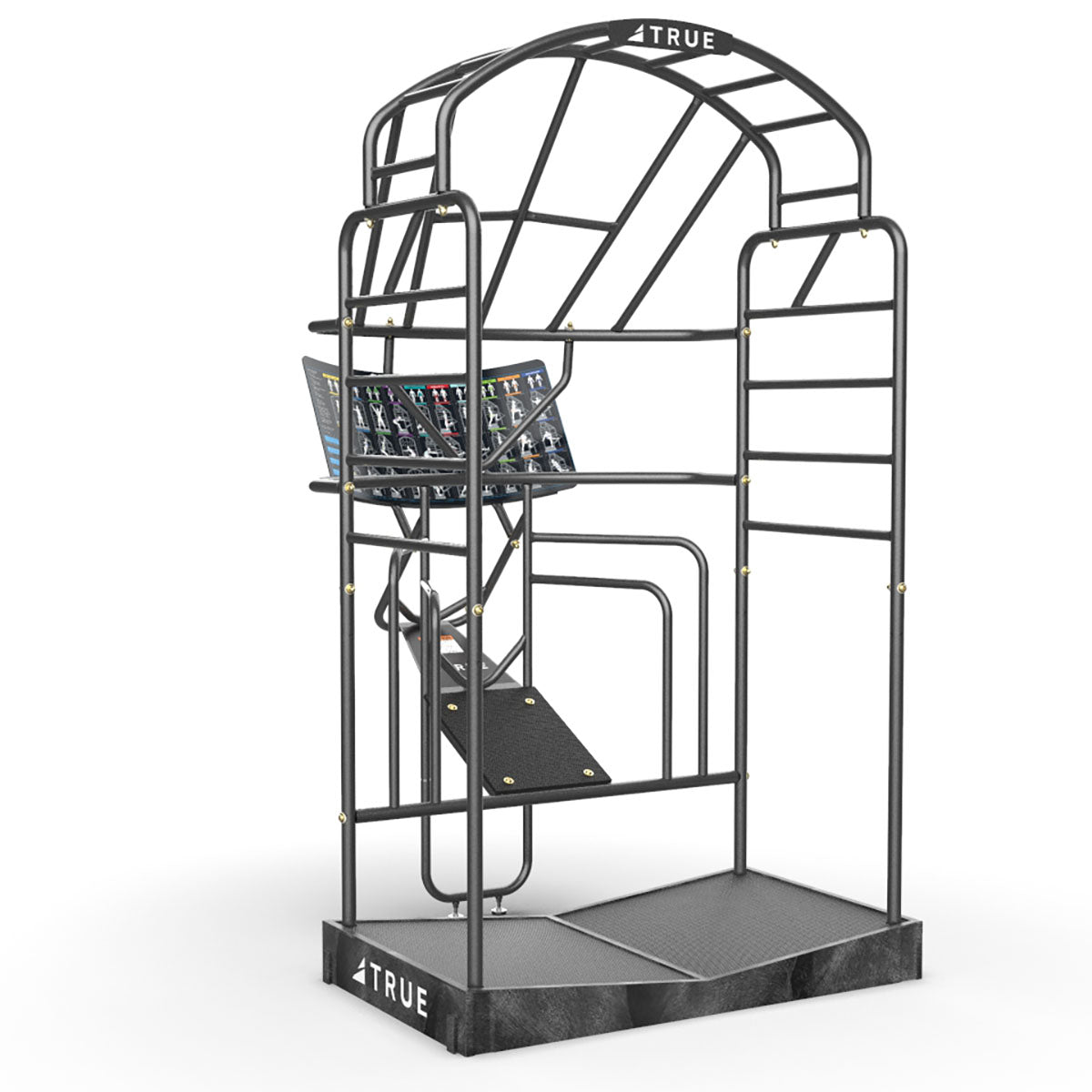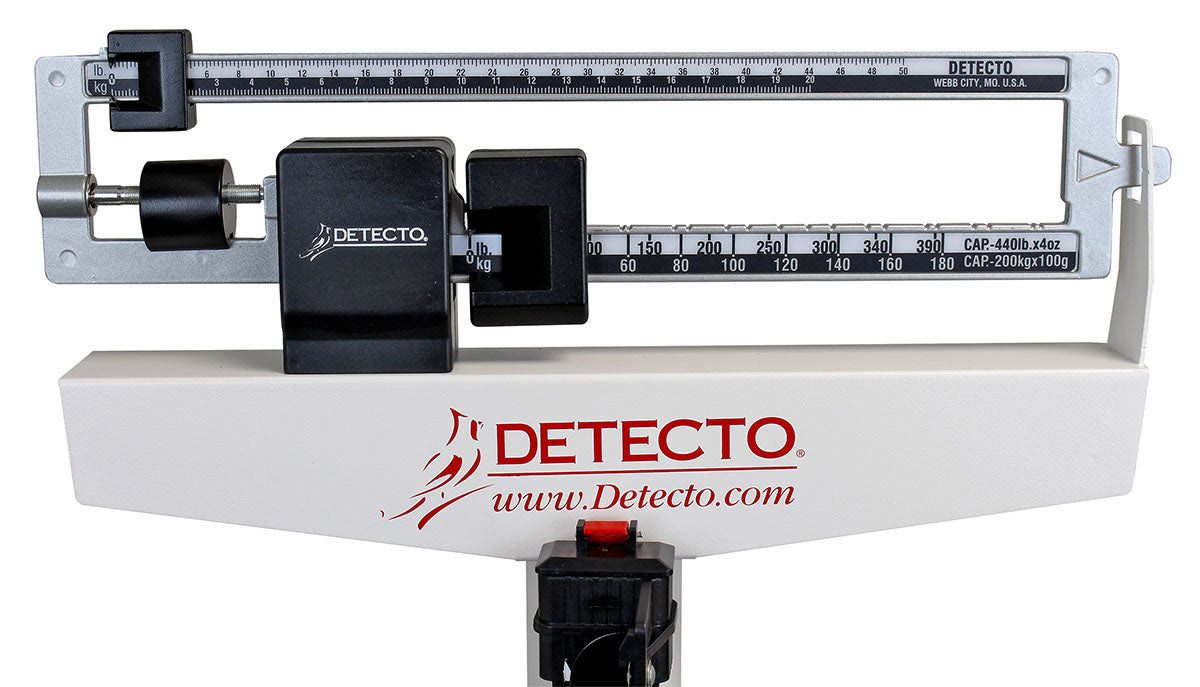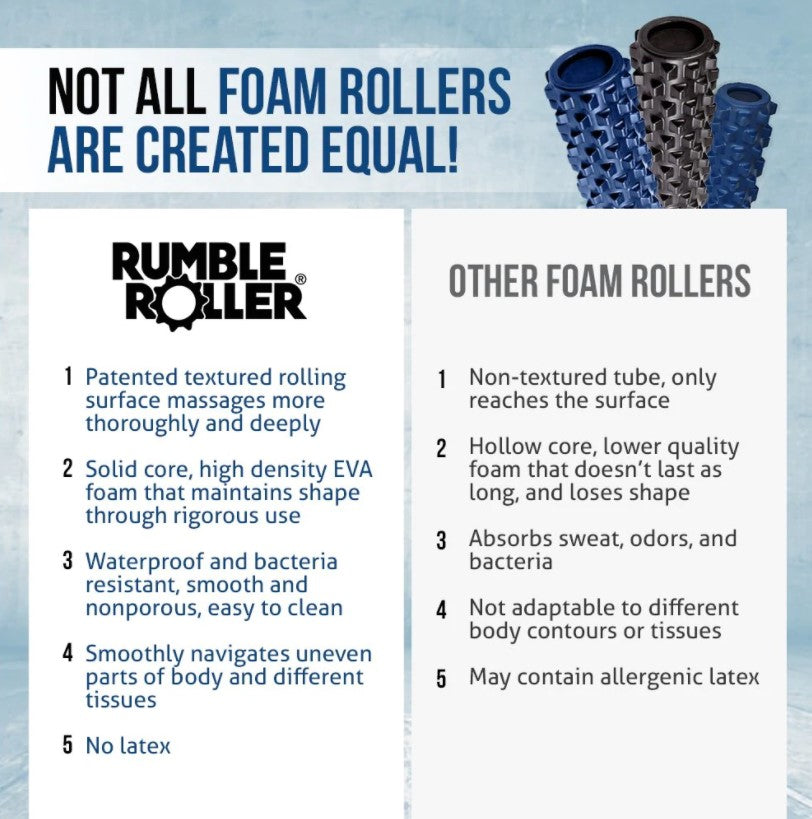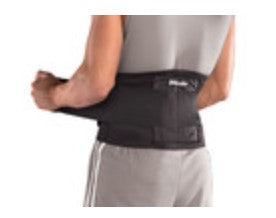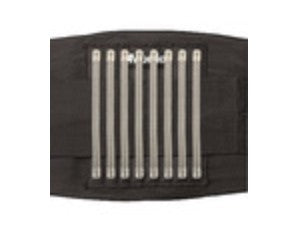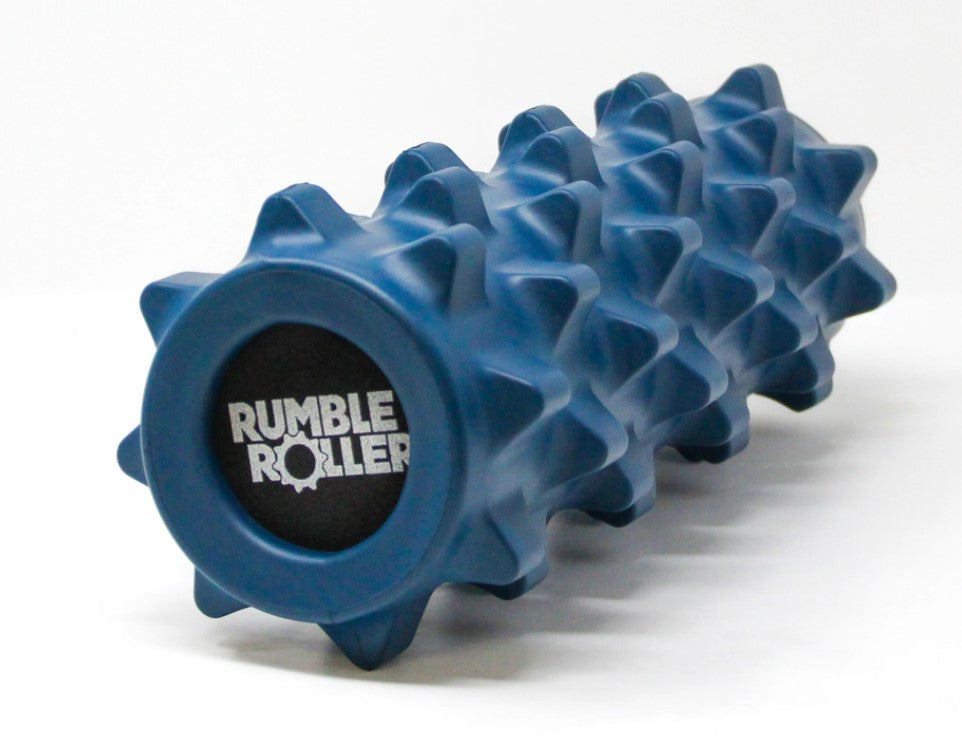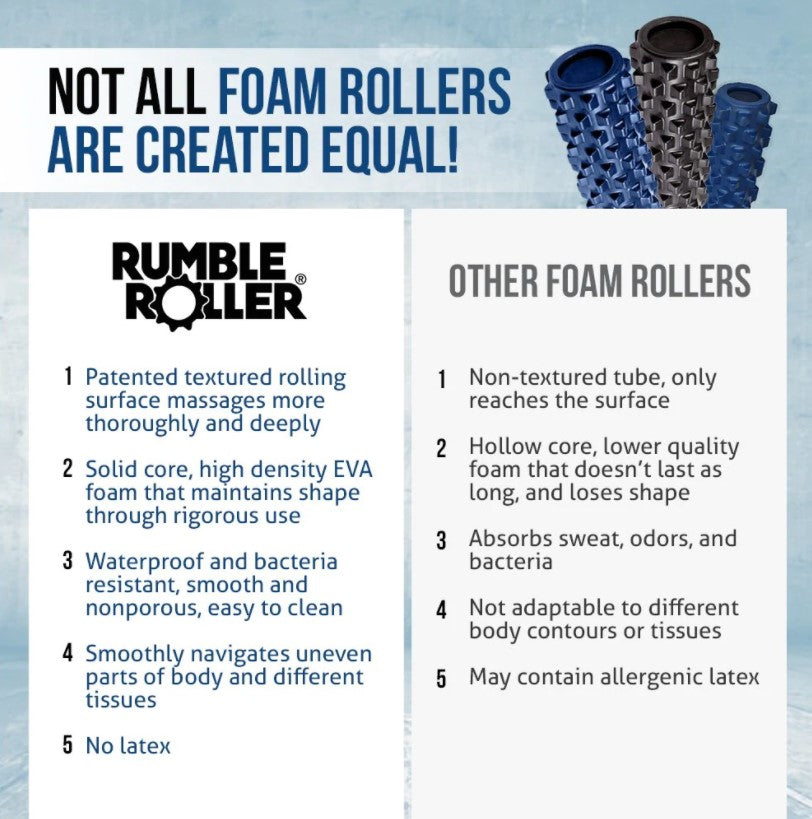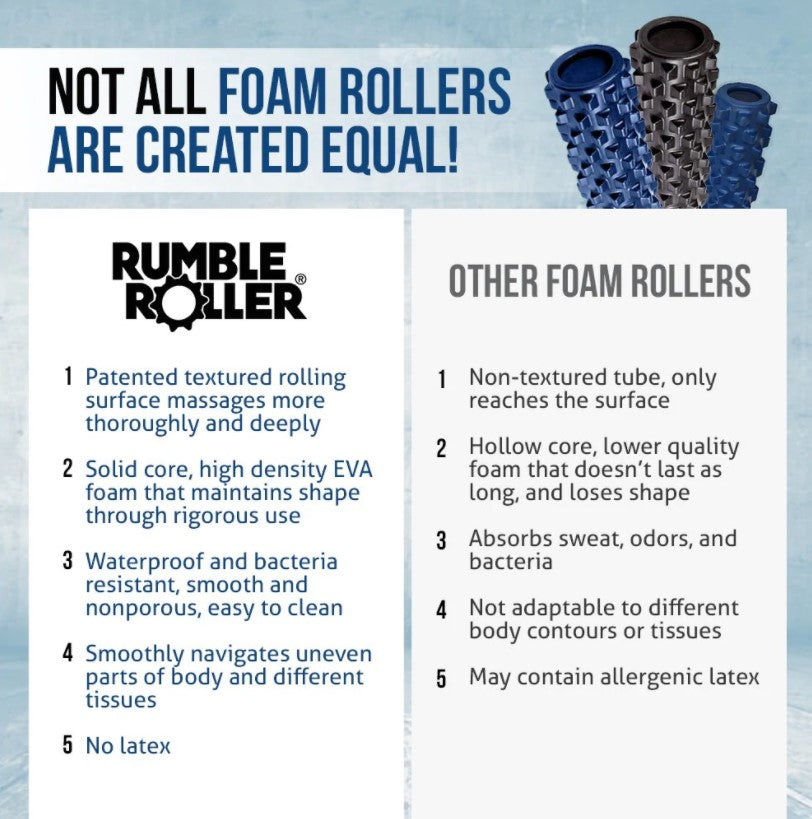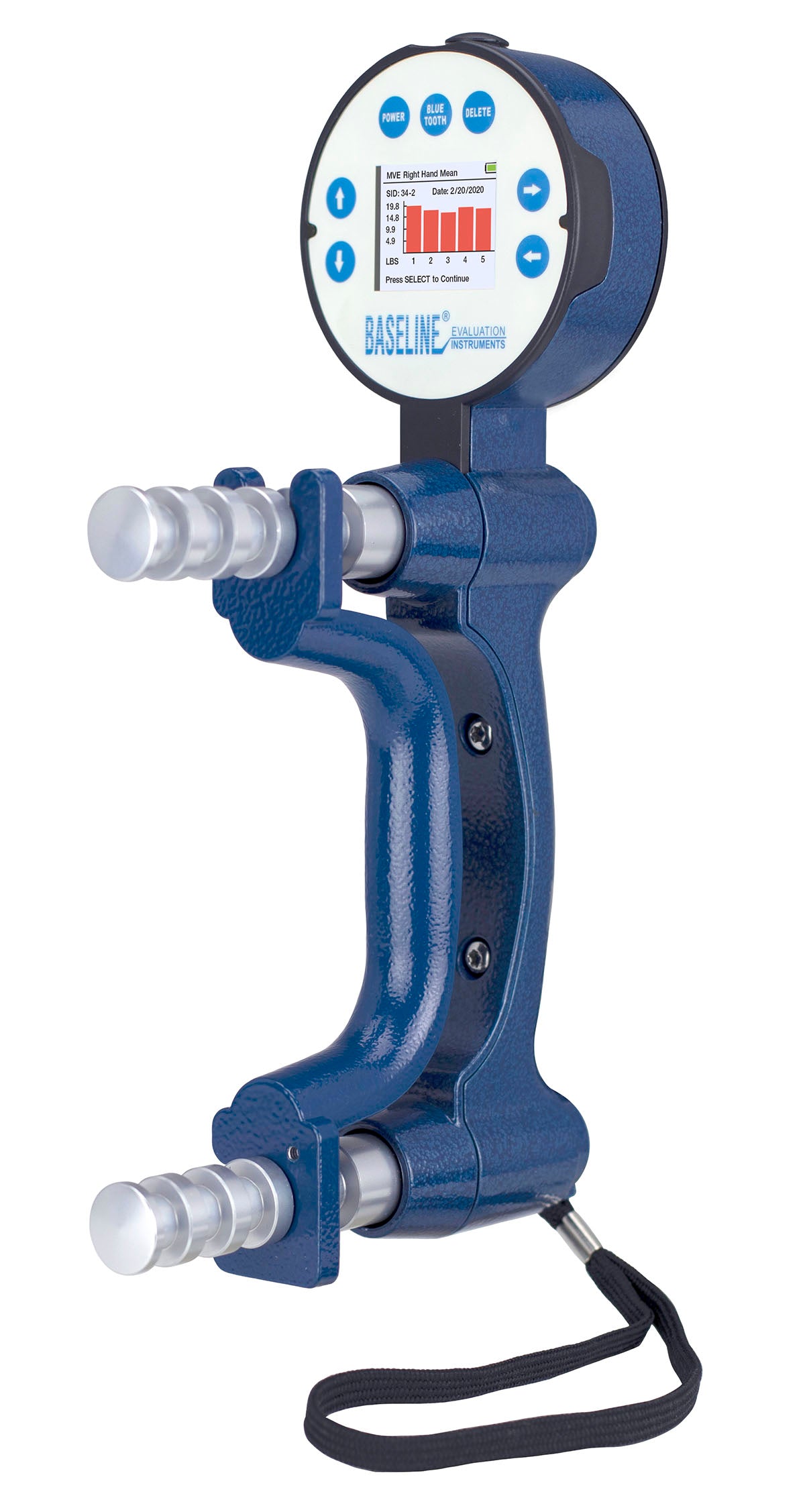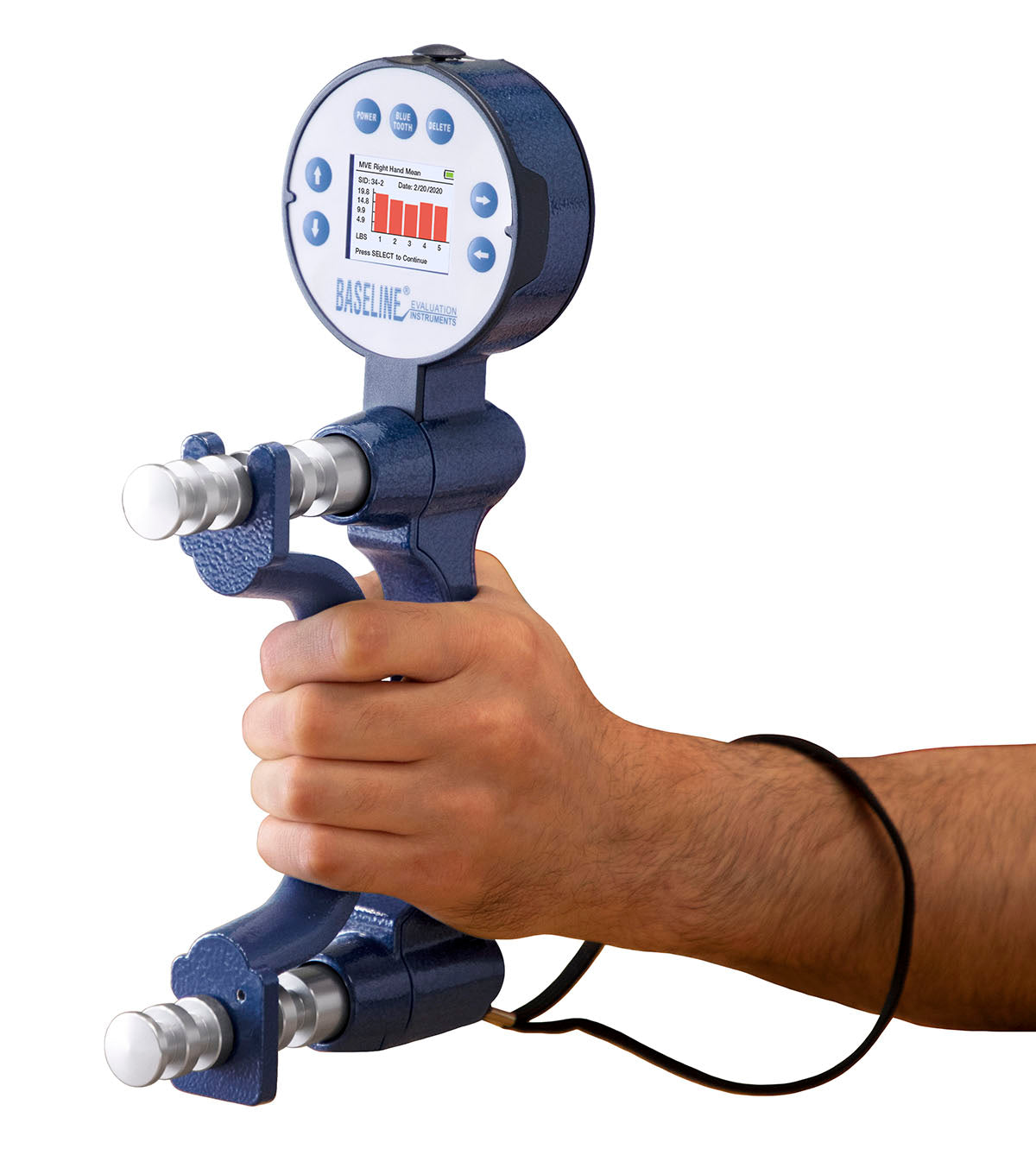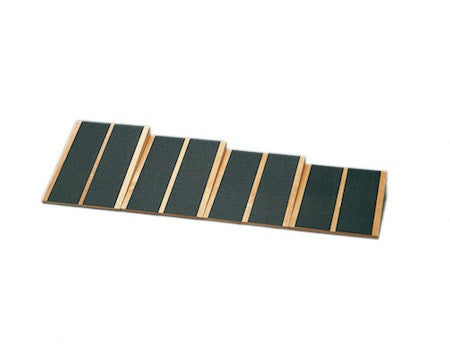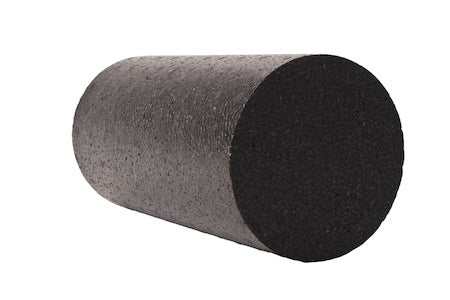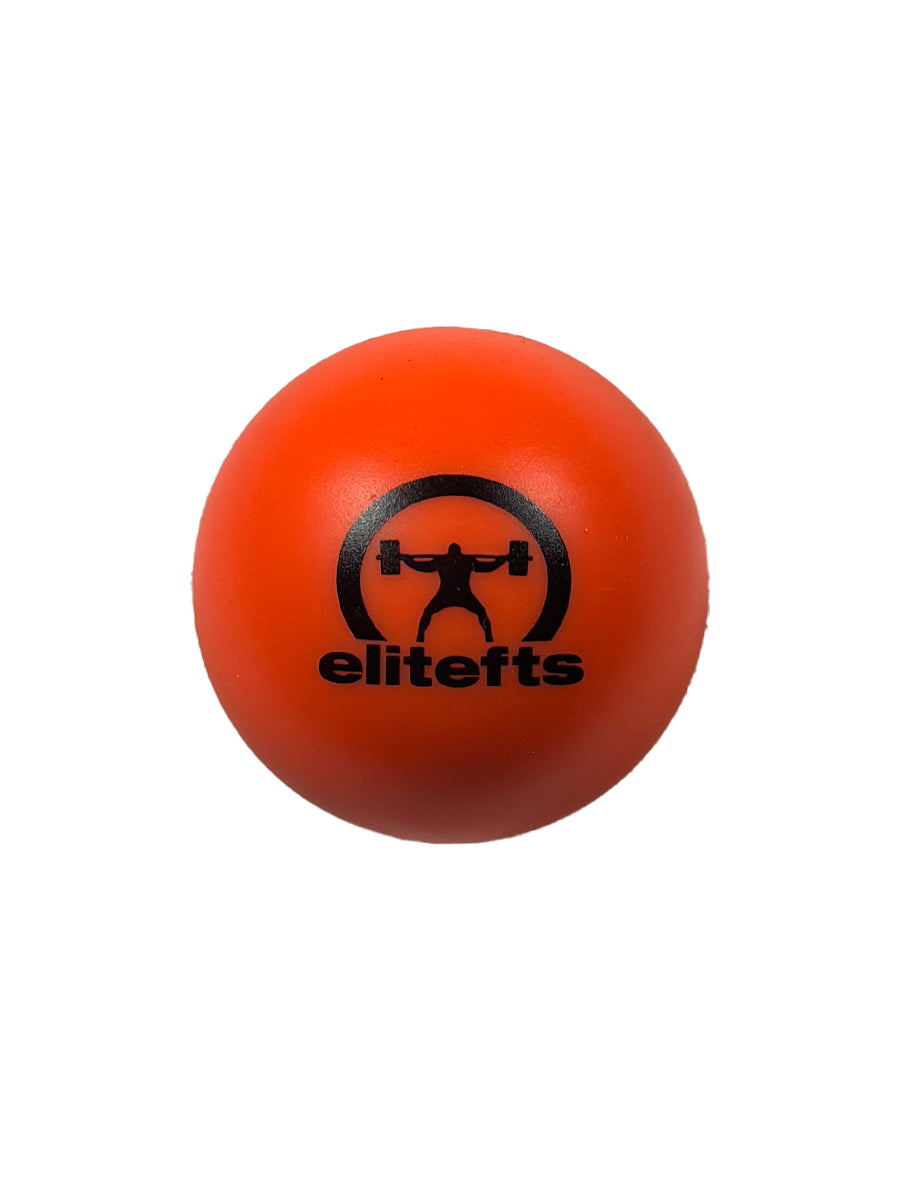This is part two of a two-part series.
In the first part of “Alleviating Ailing Ankles,” I discussed the function of the ankle joint and demonstrated a few exercises to help achieve additional range of motion in dorsiflexion. While on the surface it seemed to be a very extensive article, lucky for you and me, the foot and ankle are extremely complicated. Thus, true ankle health and “mobility” are multifactor issues, and often just training “dorsiflexion” isn’t sufficient. In this article, I will further discuss the structure, function, and pathomechanics of the ankle in another critical motion to foot and ankle health—subtalar inversion and eversion—and also give you a few practical solutions for restoring mobility. Why do we want eversion? While dorsiflexion is often trumpeted as critically important for ankle health (and it is), we often forget the importance of the “red-headed step child” of movements—eversion. Like most things in the body, rarely does a joint move one way without there being other accessory joint movements. With regards to the ankle, pure dorsiflexion is nice, but in gait, dorsiflexion occurs with eversion and also abduction. The sum of the three create “pronation.” Unless the joint is adequately mobile in all three planes of motion, we are doing our athletes a disservice, as they will eventually seek and find mobility in places where they shouldn’t. Those familiar with the concept of joint by joint training can certainly appreciate this idea. Our body is composed of relatively mobile joints connected via relatively stable segments. Understanding the mechanics As you will remember from part 1, pronation or supination at the subtalar joint can help the ankle achieve additional dorsiflexion or plantar flexion range of motion, respectively. But what exactly is the subtalar joint? The subtalar joint is composed of three articulating facets—anterior, middle, and posterior—between the talus and the calcaneus. The flat, calcaneal anterior and middle facets offer a gliding motion whereas the posterior facet is saddle shaped, which permits triaxial movement. The joint is reinforced by a joint capsule surrounding the anterior and middle facets and a capsule surrounding the posterior facet. It seems that the collateral ligaments of the ankle play a role in the position of the subtalar joint, including the often injured anterior talofibular ligament (ATFL). The subtalar joint serves many important movements in human gait including inversion and eversion of the rear foot about the long axis of the foot in addition to abduction and adduction relative to the vertical axis of the tibia. Additionally, the subtalar joint allows both pronation and supination to occur (remember the triaxial posterior facet). The subtalar joint also serves the critical role of translating rotation of the foot to the tibia or vice versa. This function is absolutely critical in locomotion over unstable surfaces and can also lead to havoc higher up the chain. Ankle injury and subtalar alterations It is well established that ankle injuries are extremely common in sport. An ankle injury can disrupt the proper mechanics of the bones that make up the subtalar and talocrural joints. The most common injury to the ankle is the lateral sprain resulting from high velocity plantar flexion and inversion. Of lateral ankle sprains, in 66 percent of the occurrences, there is an injury to the ATFL. In an additional 20 percent of occurrences, injury to the calcaneofibular ligament is demonstrated. This is no surprise because the ATFL limits inversion best while plantar flexed, and the CFL is a strong opponent to inversion throughout the range of motion. Unfortunately, the ATFL is also the weakest of all of the lateral collateral ligaments. Following ankle injury, a positional fault is often observed in subtalar joint position, which is locked into inversion known as rear foot or subtalar vars Rear foot vars is when the position of the foot is inverted relative to the ground in subtalar neutral. Given the body’s remarkable ability to adapt, it can attempt to shift the position of the talus to compensate for an inverted calcaneus. In observing the rear foot, a compensated rear foot vars will appear perpendicular in subtalar neutral but averted in standing (left). Uncompensated, it will appear inverted in both ranges of motion (right). With the subtalar joint in inversion, the foot must pronate more to clear the heel from the ground. Once clear, the foot is forced to rapidly supinate to be effective in propulsion, creating a whip-like effect, which has been implicated in Achilles’ tendonopathies. Additionally, the first ray of metatarsals becomes an inadequately stable base for propulsion (remember the joint by joint approach) and the big toe begins to lose mobility. Finally, remember that the subtalar joint translates this rotation (pronation) to the tibia and the tibia translates rotation higher in the body. Excessive relative internal rotation of the foot, tibia, and subsequently femur can cause femoral head position changes and scarring of the deep hip rotators. This can ultimately lead to a grab bag of pain and pathology of the knee, hip, and low back. Do I have you convinced of the importance of addressing the mobility of the subtalar joint yet? Good!
- Boardman and Liu (1997) Contribution of the anterolateral joint capsule to the mechanical stability of the ankle. Clinical Orthopedics 341:224–32.
- Boyle Michael (2009) Joint by Joint Approach to Training. T-Muscle. Accessed: Dec. 29, 2009. At: http://www.1500t.com.
- Greenman Philip E (2003) Principles of Manual Medicine. Philadelphia: Lippincott Williams & Wilkins.
- Houglum Peggy A (2005) Therapeutic Exercise for Musculoskeletal Injuries (Athletic Training Education). New York: Human Kinetics.
- Hubbard (2008) Anterior positional fault of the fibula after subacute lateral ankle sprains. Manual Therapy 13:63–7.
- Lundberg, Goldie, Slevik, Kalin (1989) Kinematics of the foot and ankle complex-part 1: plantarflexion and dorsiflexion. Foot and Ankle 9:194–200.
- Lundberg, Svensson, Bylund (1989) Kinematics of the foot and ankle complex-part 2: pronation and supination. Foot and Ankle 9:248–53.
- Lundberg, Svensson, Bylund, Selvik (1989) Kinematics of the foot and ankle complex-part 3: influence of leg rotation. Foot and Ankle 9:304–9.
- Maxx (2007) Five Most Common Pathomechanical Foot Types. 1–6.
- Oatis Carol A (2008) Kinesiology: The Mechanics and Pathomechanics of Human Movement. Philadelphia: Lippincott Williams & Wilkins.


